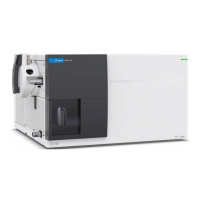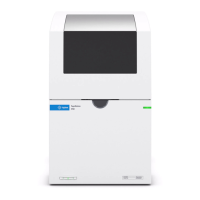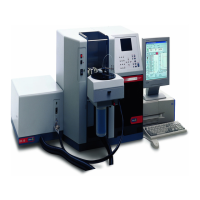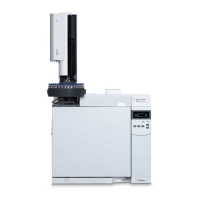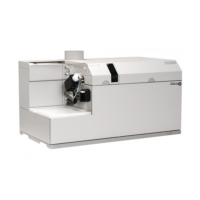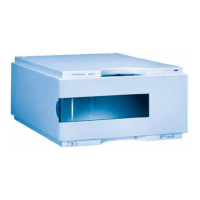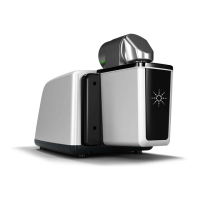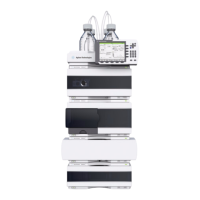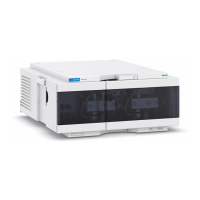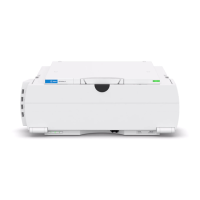Noise Rejection
Rejecting Power–Line Noise Voltages
A desirable characteristic of integrating analog–to–digital (A/D) converters is their ability to reject power–line related
noise present with DC input signals. This is called normal mode noise rejection, or NMR. The multimeter achieves NMR
by measuring the average DC input by "integrating" it over a fixed period. If you set the integration time to a whole
number of power line cycles (PLCs), these errors (and their harmonics) will average out to approximately zero.
The multimeter provides three integration selections (1, 10, and 100 PLCs) that achieve NMR. The multimeter
measures the power–line frequency (50 Hz or 60 Hz), and then determines the corresponding integration time. For a
complete listing of NMR, approximate added rms noise, reading rate, and resolution for each integration setting, see
the Performance vs. Integration Time table.
Common Mode Rejection (CMR)
Ideally, a multimeter is completely isolated from earth–referenced circuits. However, there is finite resistance between
the multimeter's input LO terminal and earth ground, as shown below. This can cause errors when measuring low
voltages which are floating relative to earth ground.
Noise Caused by Magnetic Loops
When making measurements near magnetic fields, avoid inducing voltages in the measurement connections. You
should be especially careful when working near conductors carrying large currents. Use twisted–pair connections to the
multimeter to reduce the noise pickup loop area, or dress the test leads as close together as possible. Loose or vibrating
test leads will also induce error voltages. Tie down test leads securely when operating near magnetic fields. Whenever
possible, use magnetic shielding materials or increased distance from magnetic sources.
86 Agilent Truevolt Series DMM Operating and Service Guide
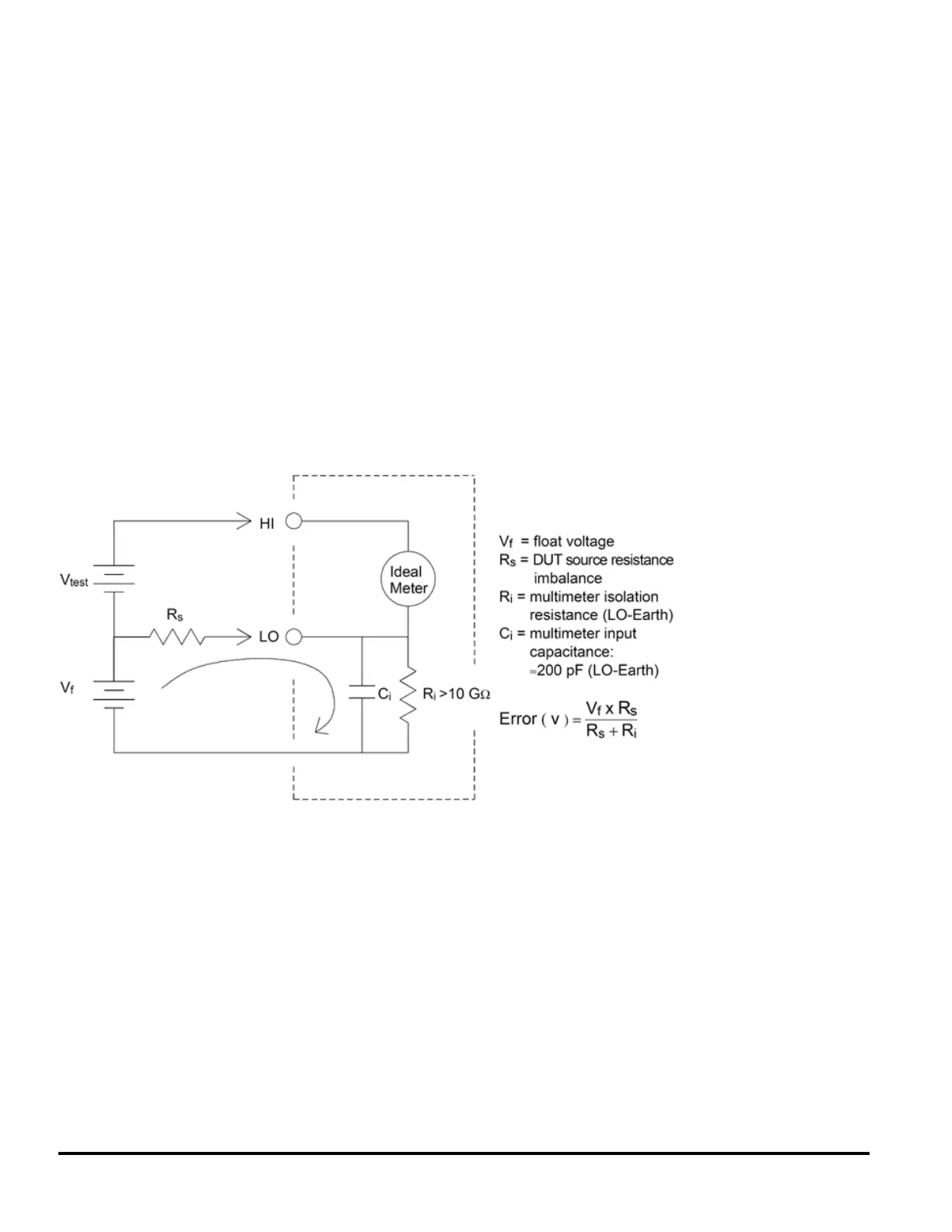